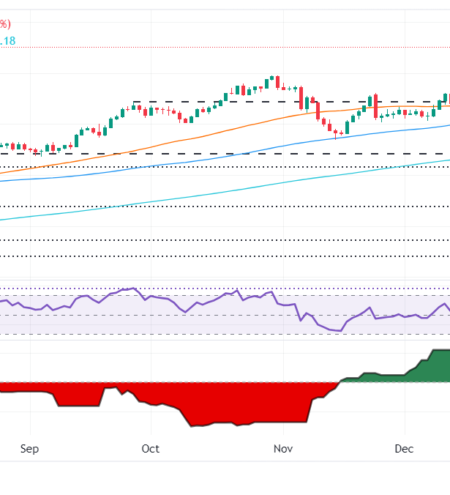Gold crossed the important $2,000 per ounce level in November. It then went on to set a new intraday all-time high of $2,135 per ounce on December 4. It retreated after that to the levels that we have currently, right around $2,030 per ounce in the early days of December.
Gold is being supported by expectations that the Fed may start to cut rates soon. Markets are implying a more than 50% chance of a rate cut in March 2024.
Gold is also likely benefitting from safe haven buying as heightened global geopolitical risk persists.
After underperforming gold significantly in October, the gold equities did precisely what we expected them to do in November. Gold was up about 2.7% in the month of November, while the equities as a group were up between 11% and 15% during the month, narrowing the valuation gap between the equities and the metal.
Why are central banks stocking up on gold?
Gold has also been supported by strong central bank purchases of gold. Central banks as a group bought record levels of gold in 2022. And in 2023, they look set to match or potentially exceed those purchases. This is clearly benefiting gold.
Central banks are looking to diversify their foreign reserves, and gold is the asset of choice as they look to diversify away from the U.S. dollar.


